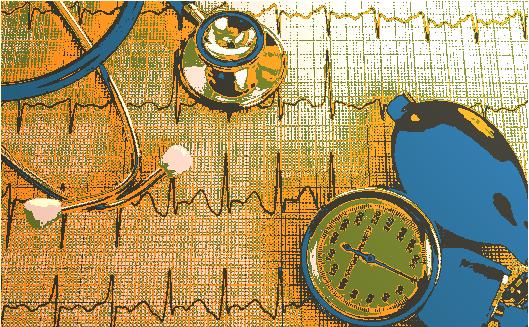
Diagnoses are classified into 207 clinically relevant groups related to specific organs (stomach, intestine, heart, etc.) and pathologies (infection, neoplasm, etc.), and classified by physiologic systems.
Diagnoses groups are coded using four characters.
| 1. The first character indicates the involved system: | 3. The third character is a small letter, which refers to the nature of the pathology: | |||
| B | new-born | b | benign neoplasms | |
| C | circulatory | d | degeneration | |
| D | digestive | f | functional | |
| E | endocrine | i | infection or inflammation | |
| F | female | m | malignant neoplasms | |
| H | hepatic | n | neonatal | |
| L | locomotion | o | occlusion | |
| N | nervous | s | ischemia | |
| O | ear, nose, throat (ENT, ORL in french) | t | traumatism | |
| P | psychic | z | other | |
| R | respiratory | |||
| S | blood | |||
| T | tegument | |||
| U | urinary tract | |||
| Y | eye | |||
| Z | unspecified | |||
| 2. The second character can be an indent (-) or a sign + meaning a severe condition. | 4. Lastly, the fourth character is a capital letter which is generally the first letter of the affected organ in its Latin designation, e.g. D-mR means an malignant condition (m) of the digestive system (D) involving the rectum (R). | |||
New born are classified according to their birth weights (<1000 g, 1000-1550 g, etc.)
Download the exhaustive list of diagnostic conditions:
All diagnoses are classified according to whether they require a hospitalization (almost always, sometimes, almost never) and according to the necessity to have an intensive care unit at nearby (e.g. if the patient’s health status degrades quickly).
